Discover the repoussé technique, an ancient metalworking method that creates unique relief designs. Used since...
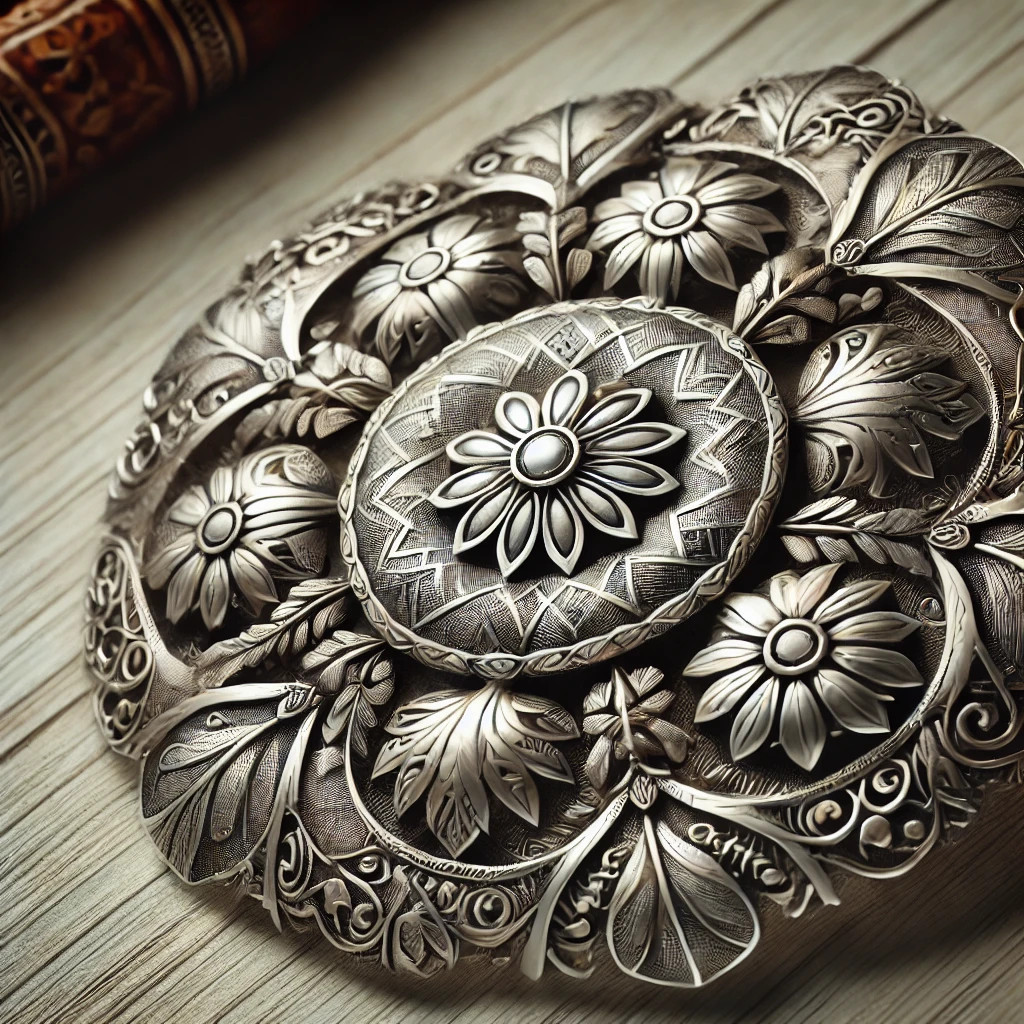
Repoussé: An Ancient Technique for Unique Jewelry
The Repoussé Technique: An Ancient Art in Jewelry Making
The repoussé technique is an ancient art form that continues to enrich the world of jewelry making. This method, which involves shaping metal to create raised designs, offers endless possibilities for crafting unique and sophisticated jewelry. In this article, we’ll explore the history, process, and use of repoussé in jewelry creation.
What is the Repoussé Technique?
Repoussé is a metalworking technique used to create raised designs by hammering the back of a metal piece. Unlike engraving, where material is removed to create a pattern, repoussé shapes the metal by moving it without taking anything away. This technique is often combined with chasing, which refines details on the visible surface.
Origins and History
The repoussé technique dates back to ancient times. Early examples of this method have been found in jewelry and decorative objects from various ancient civilizations, including:
- The Egyptians: Used repoussé to adorn gold jewelry such as diadems and pectorals.
- The Greeks and Romans: Applied this technique to create silver and bronze pieces featuring mythological scenes.
- Asian Civilizations: Particularly in India and China, where repoussé was used to craft intricate jewelry and religious ornaments.
Today, this technique remains a cornerstone of artisanal and contemporary jewelry design.
The Main Steps of Repoussé
-
Preparing the Metal
A thin sheet of metal (gold, silver, copper, etc.) is cut and prepared. The metal must be malleable, often annealed to make it softer and more pliable. -
Creating the Design
The desired design is sketched onto the metal surface as a guide for the repoussé work. -
Hammering the Back
Using small hammers and punches, the artisan works on the back of the piece, pushing the metal forward to create raised forms. -
Chasing for Details
Once the relief is created, chasing is applied to the front side to refine details and add character to the piece. -
Finishing
The piece is polished, and additional techniques such as oxidation or stone setting may be used to enhance the design.
Advantages of the Repoussé Technique
- Relief and Depth: This method creates a sense of volume and adds a unique dimension to jewelry.
- Material Conservation: Unlike engraving, repoussé doesn’t remove material, preserving precious metals.
- Unlimited Customization: Each piece can be personalized with unique designs, ranging from geometric shapes to intricate figures.
Repoussé in Contemporary Jewelry
Many modern designers use the repoussé technique to create original and timeless jewelry. This technique is particularly popular for:
- Bracelets and Cuffs: Featuring raised patterns that catch the light.
- Pendants: That tell a story through intricate designs.
- Rings: With refined details and engraved patterns for a unique look.
At Thurcolas, we love incorporating the repoussé technique into our creations to offer jewelry that combines traditional craftsmanship with modern design.
How to Care for Repoussé Jewelry
To maintain the beauty of your repoussé jewelry:
- Clean it gently with a soft, slightly damp cloth.
- Avoid abrasive products that could damage the raised details.
- Store it separately to prevent scratches.
Conclusion: An Artistic Legacy in Service of Creativity
Repoussé is more than just a technique—it’s an art that has endured through the centuries and continues to enrich the world of jewelry. Whether creating pieces inspired by ancient civilizations or modern and elegant designs, this method remains essential for artisans and jewelry enthusiasts.

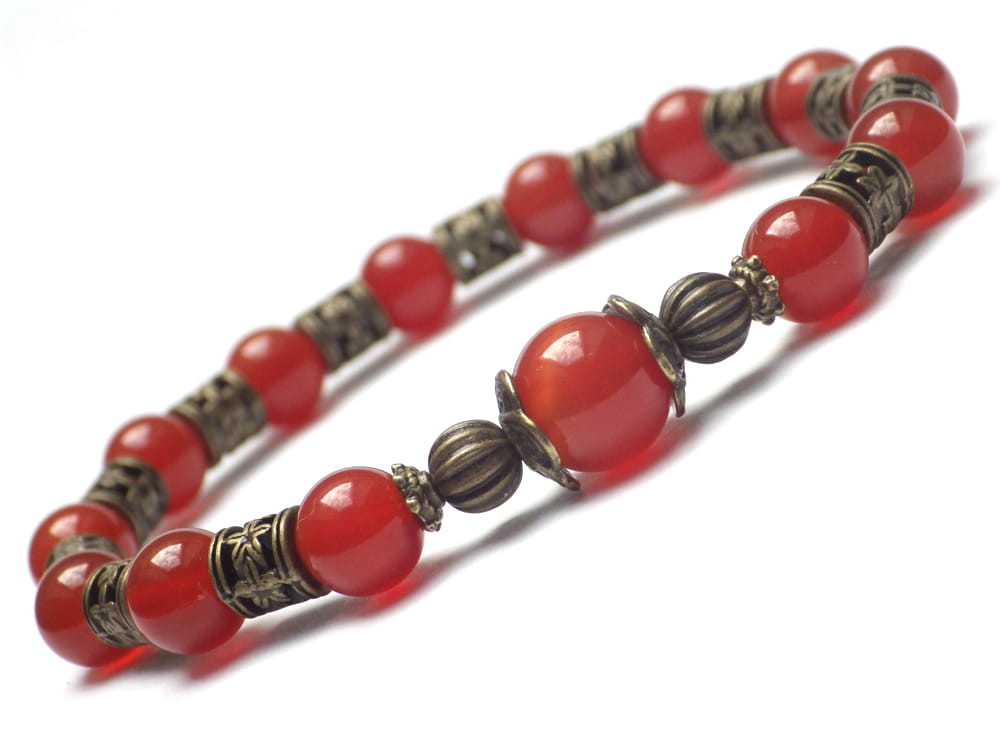
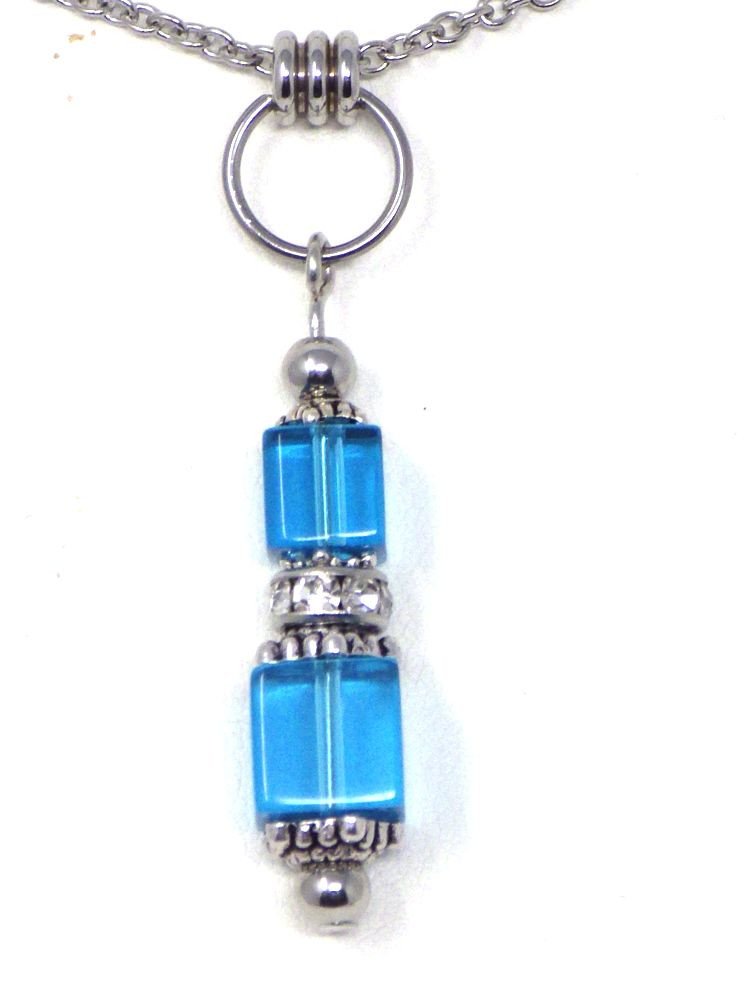
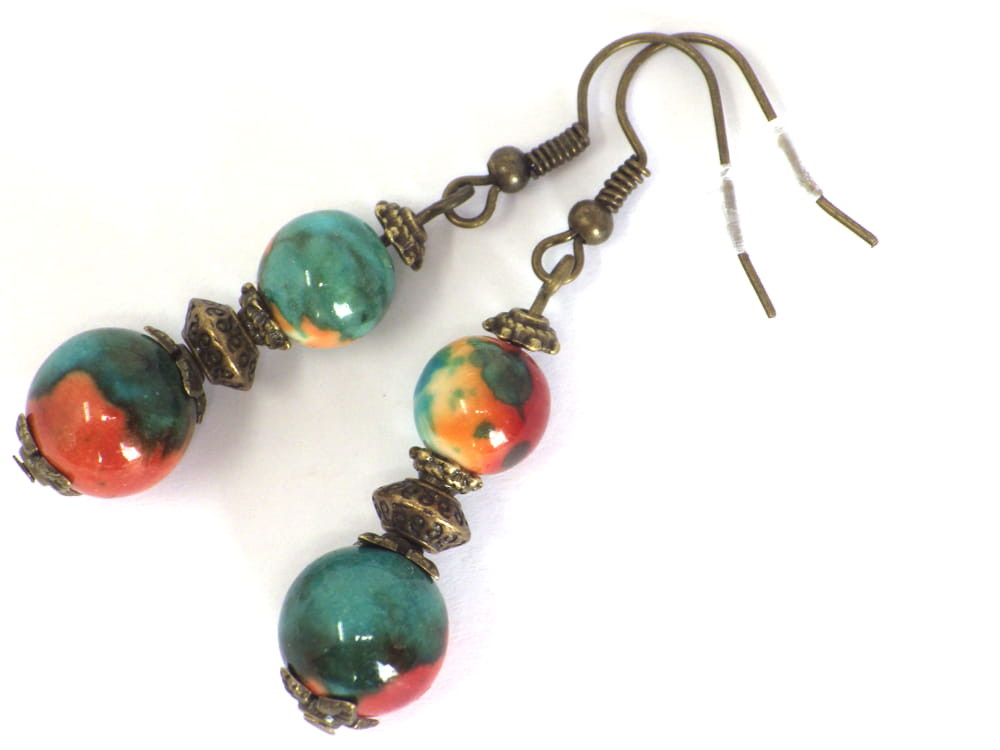

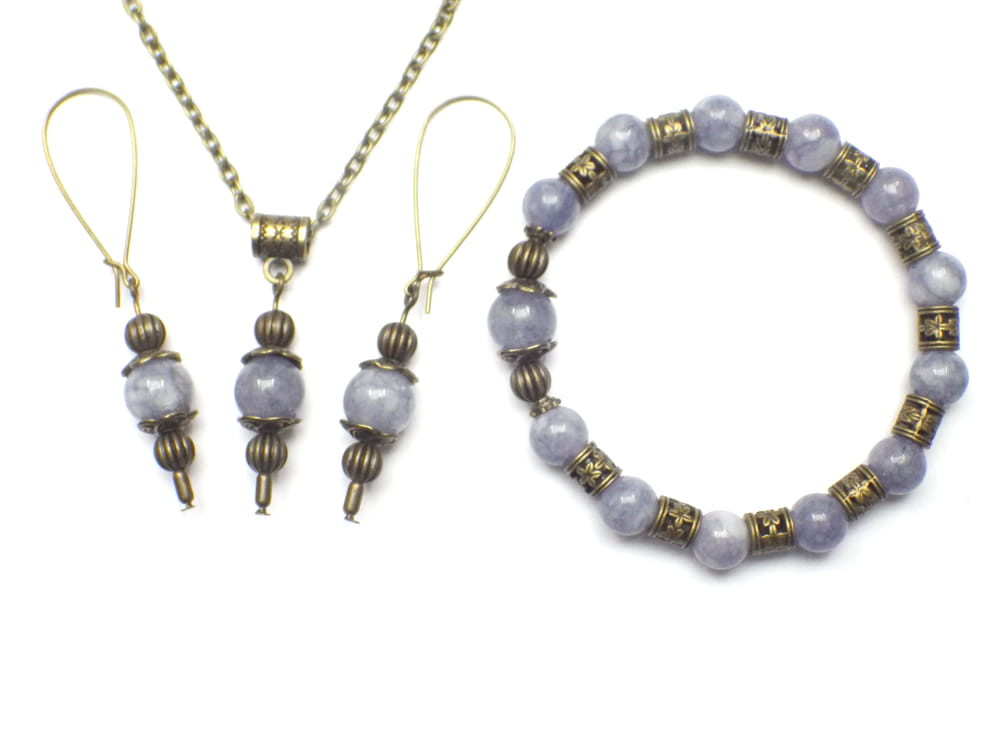
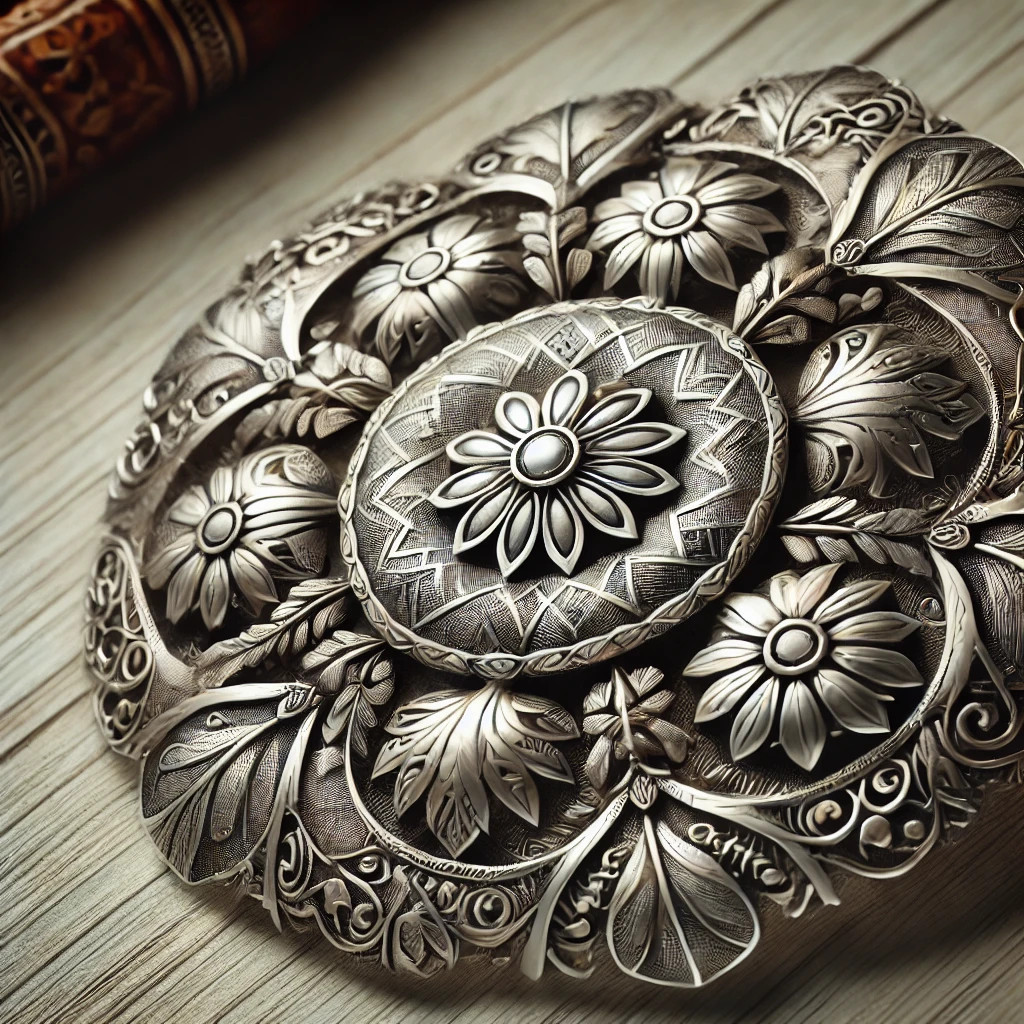
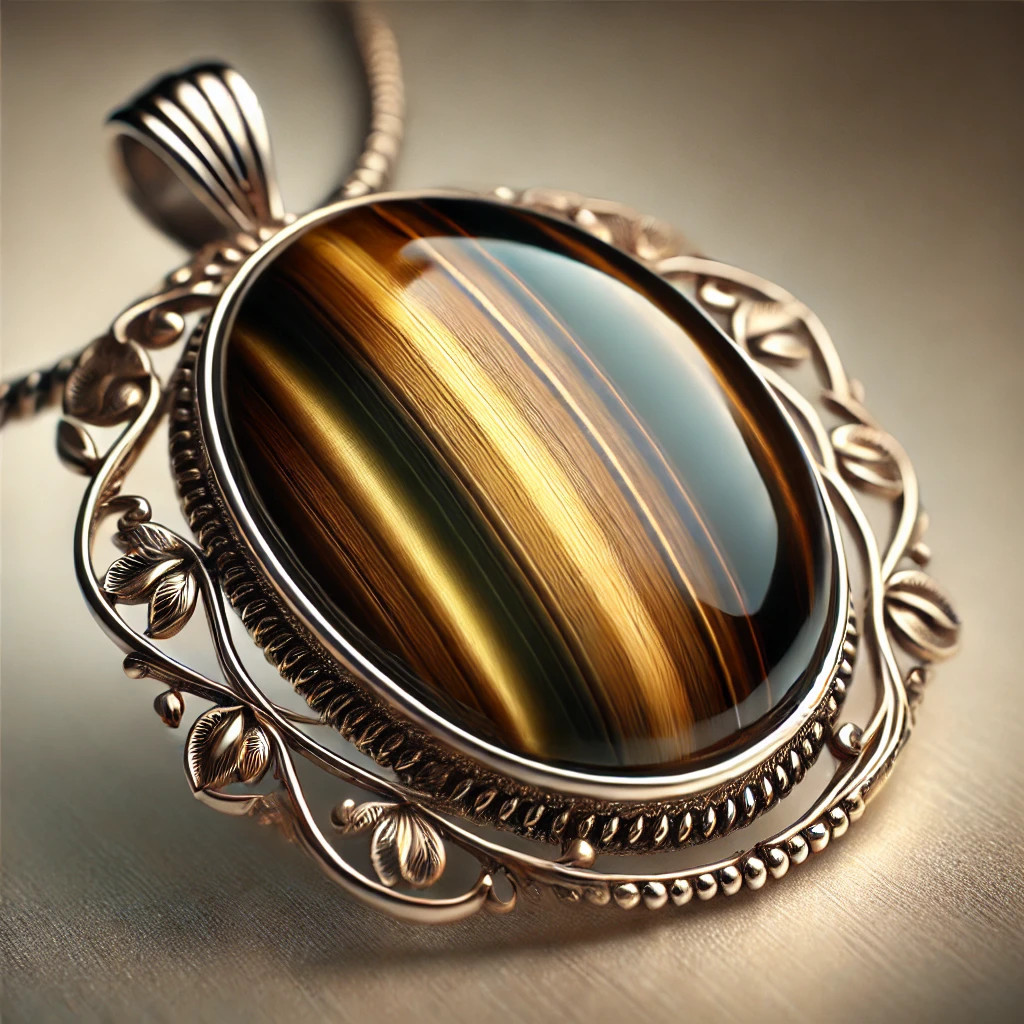
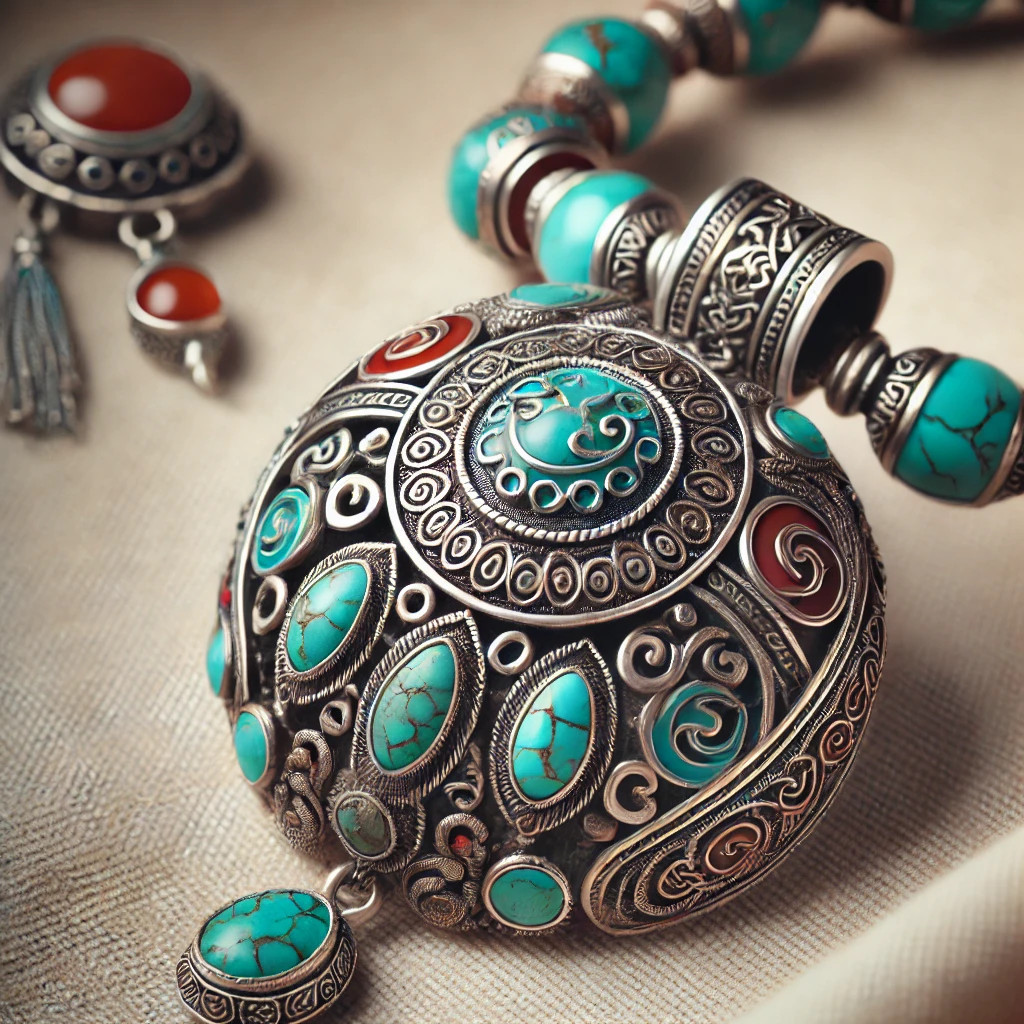
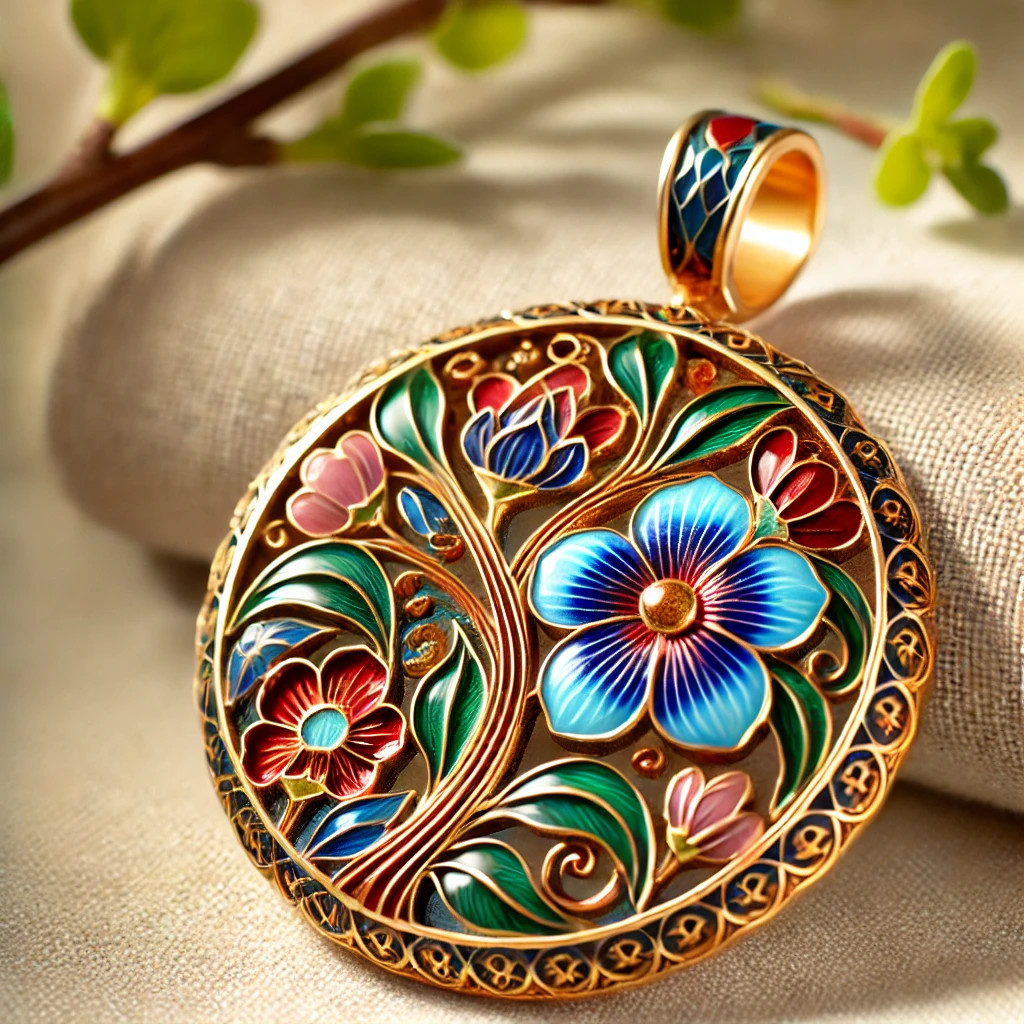

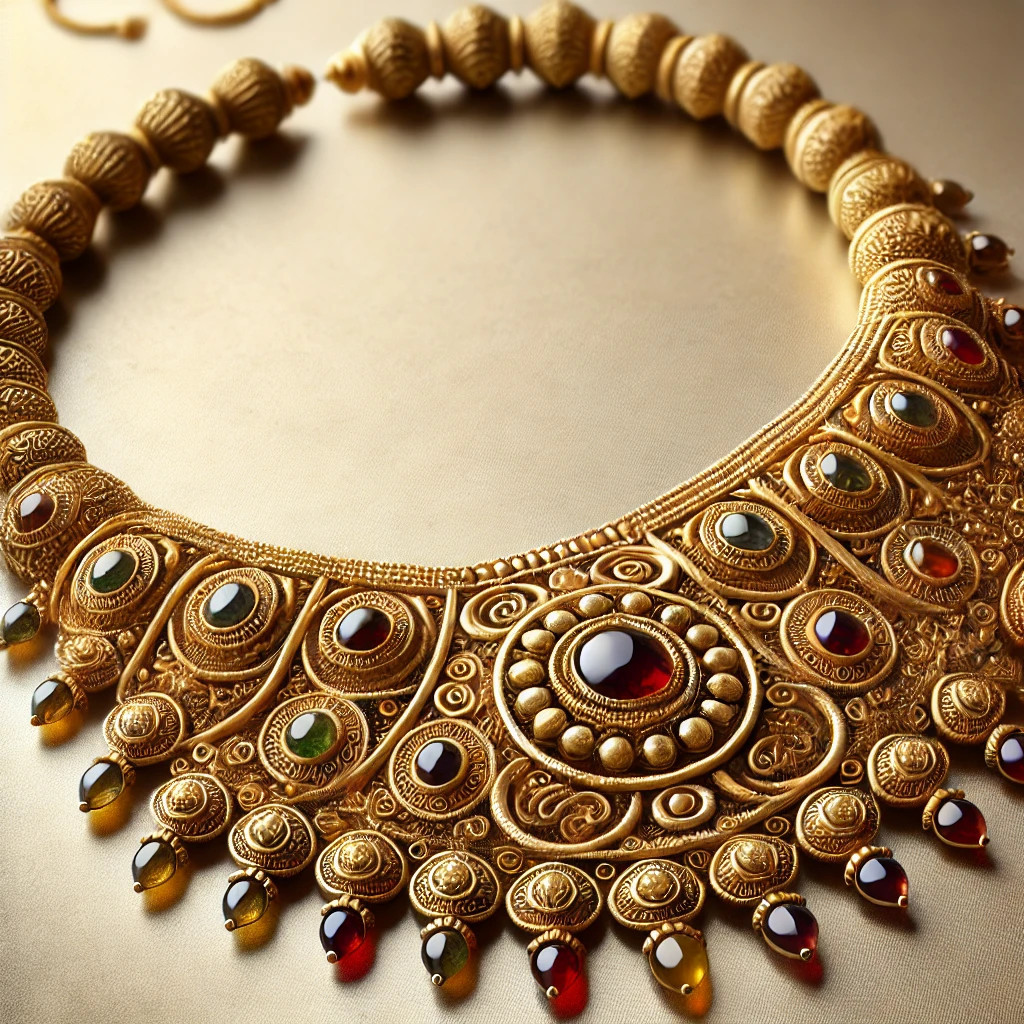
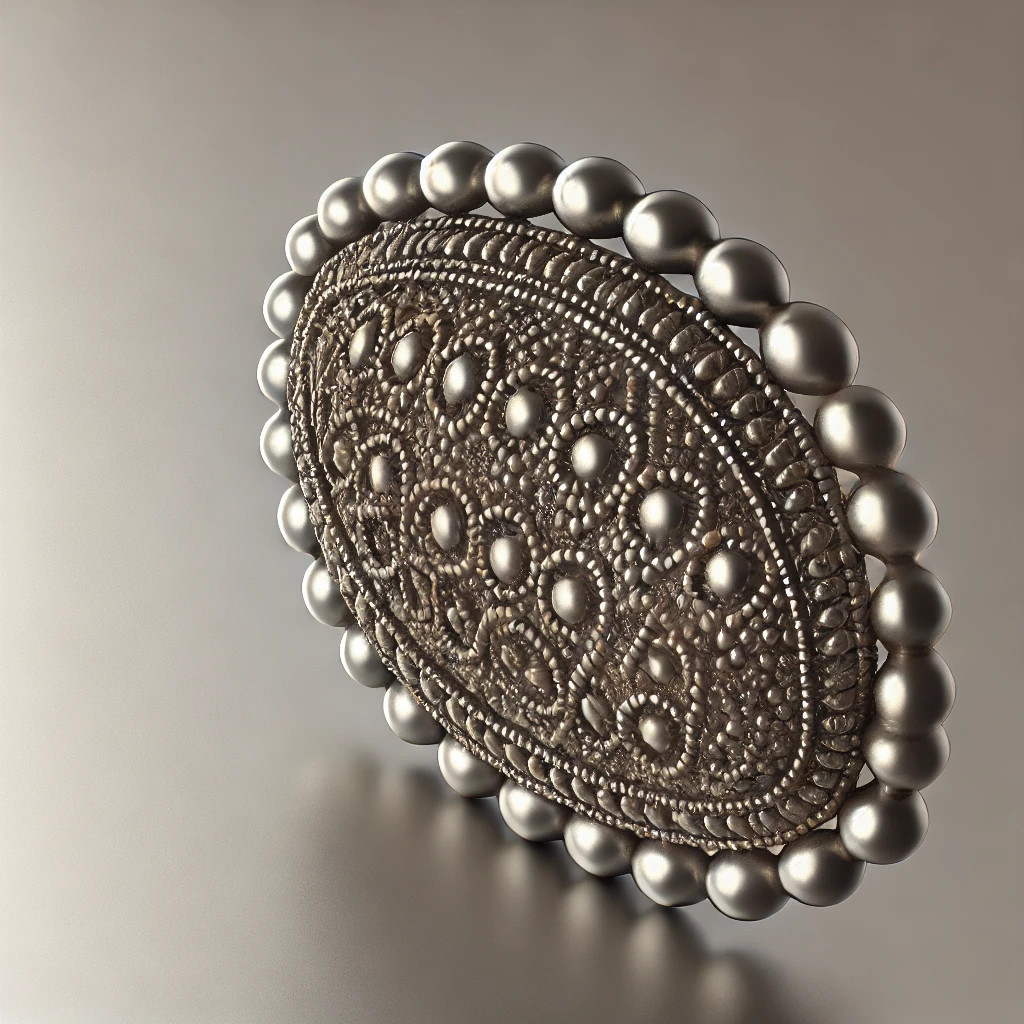

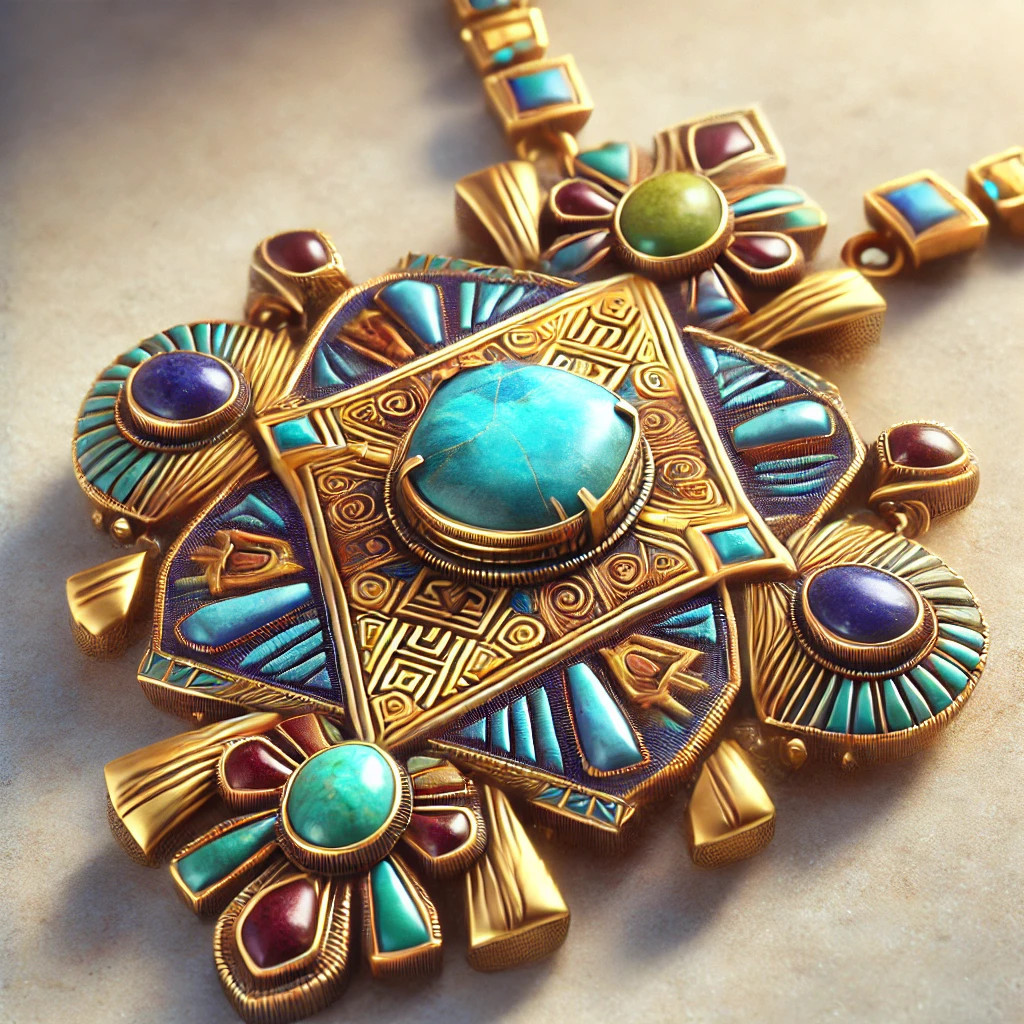

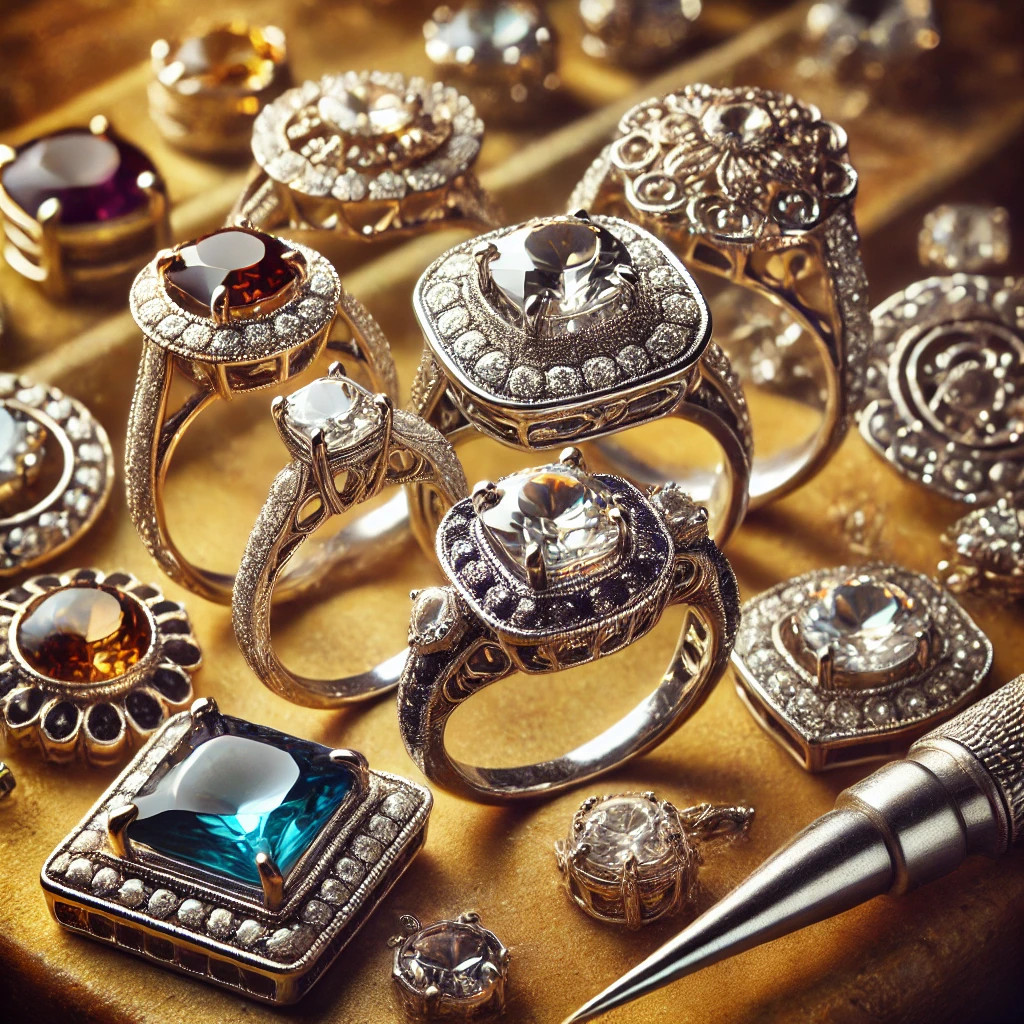
Leave a comment